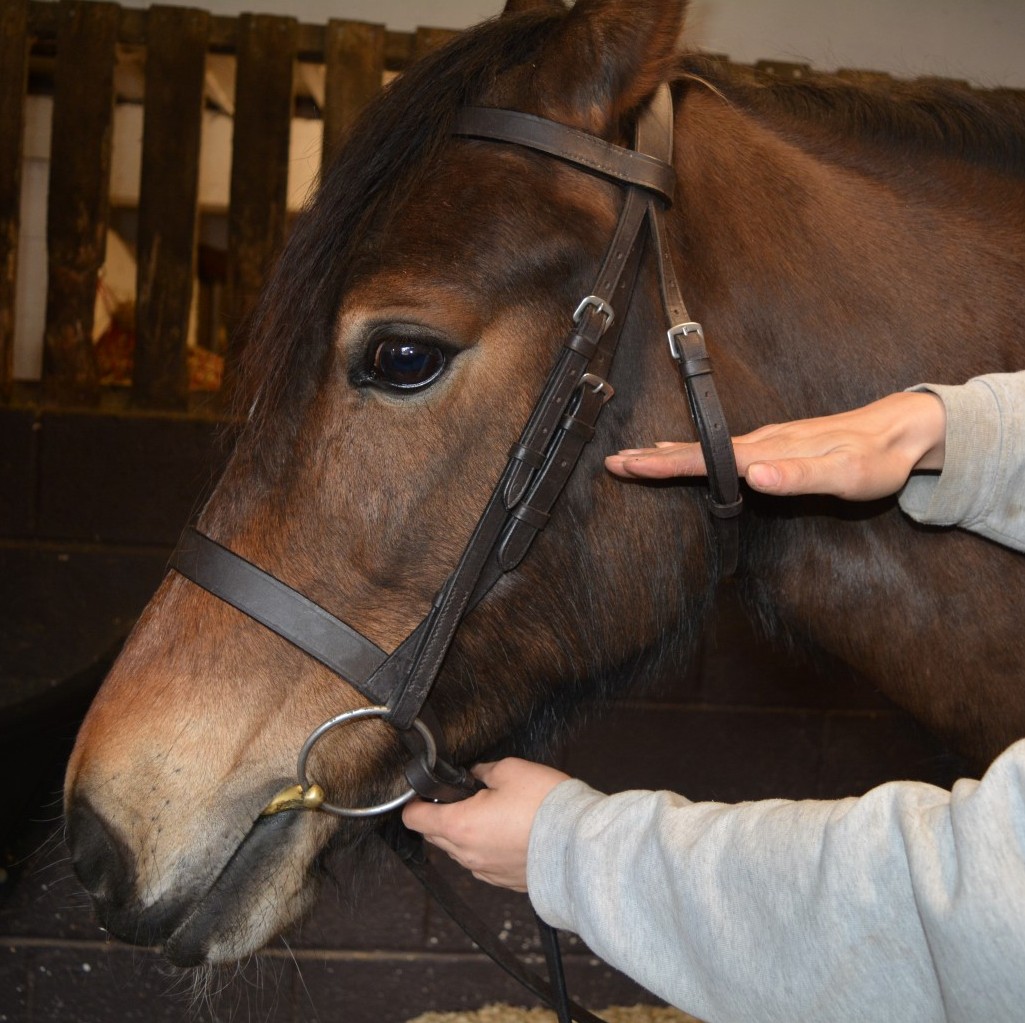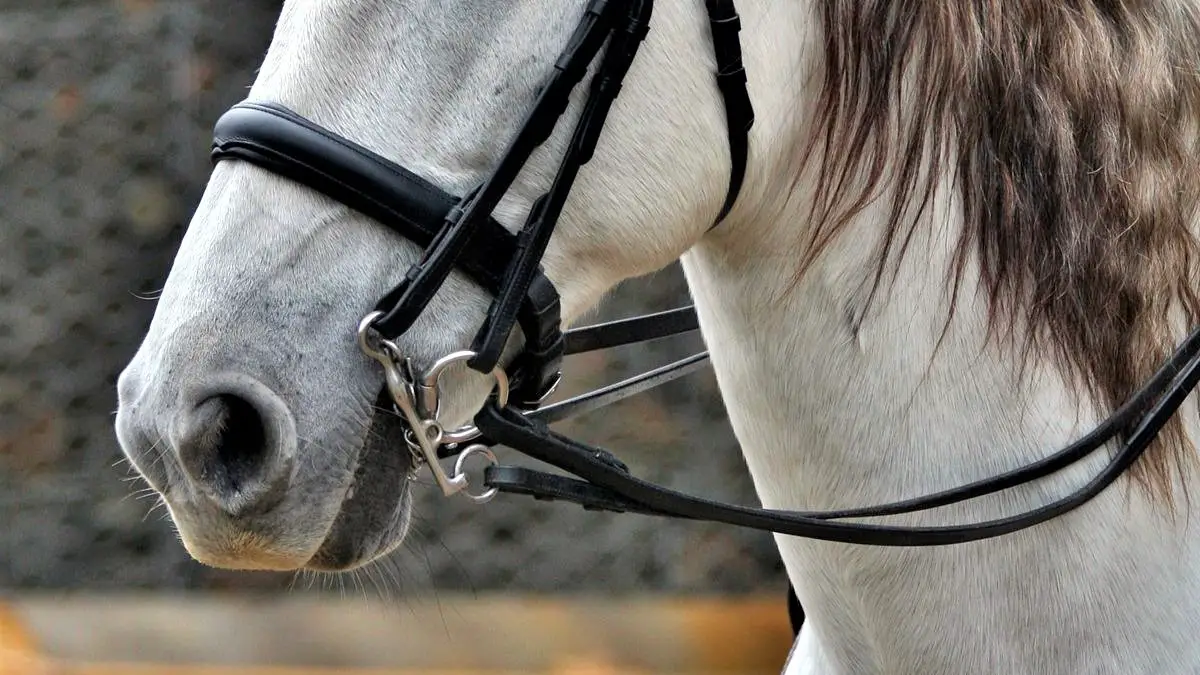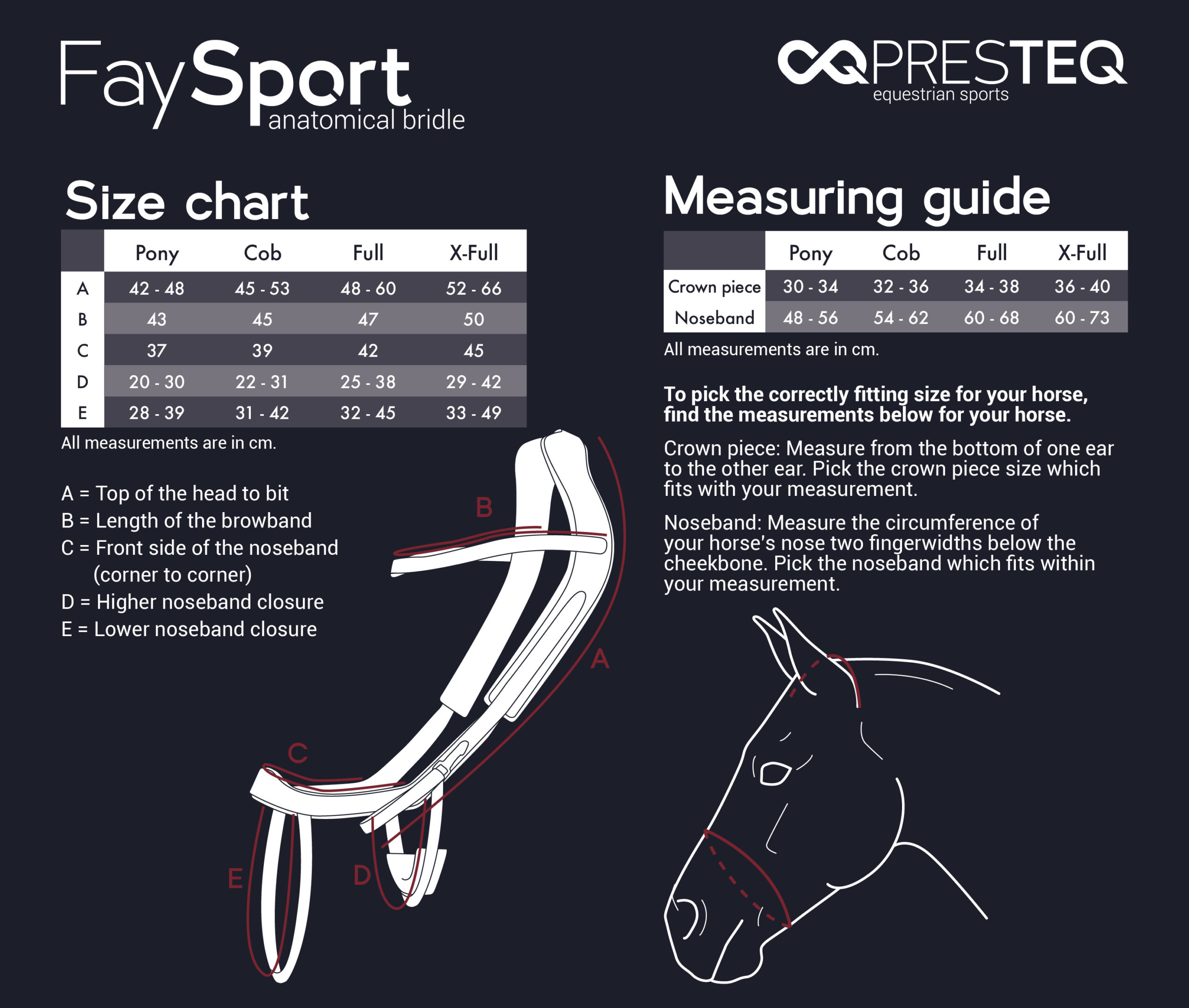For many equestrians, bridling a horse is a fundamental skill that establishes a connection between rider and steed. The process, while seemingly straightforward, requires a gentle touch and an awareness of equine behavior to ensure success and safety.
Understanding Horse Tack
Horse tack refers to the various equipment used in riding and handling horses. This includes saddles, stirrups, bridles, halters, reins, bits, and more. Each piece plays a vital role in how effectively a rider can communicate with their horse.
Importance of Proper Horse Headgear Fitting
A key element of horse tack is the headgear, which must be fitted properly to prevent discomfort and potential injury. A well-fitted bridle offers better control and aids in communicating your intentions to your equine partner.
Equestrian Guide: Preparing to Bridle Your Horse

Before you begin the process of attaching a bridle, it is crucial to ensure that both you and your horse are adequately prepared for the task at hand. Preparation is the cornerstone of a stress-free bridling experience.
Securing Your Horse Safely
First and foremost, your horse should be securely tied or held by an assistant. Use a quick-release knot or a stable tie ring to ensure your horse’s safety and prevent any sudden movements during the bridling process.
Gathering Your Horse Riding Gear
Assemble all necessary horse riding gear before you start. This includes the bridle, bit, and any other items you’ll need. Having everything within easy reach streamlines the process and keeps the focus on your horse.
Horse Bridle Steps: Attaching a Bridle

With preparation complete, it’s time to proceed with the horse bridle steps. These steps should be performed calmly and confidently to reassure your horse and facilitate cooperation.
Sliding the Bit into the Horse’s Mouth
Stand to the side of your horse’s head, hold the bridle up by the crownpiece with one hand, and gently guide the bit into the horse’s mouth with the other. Encourage your horse to accept the bit by gently pressing on the bars of their mouth.
Positioning the Crownpiece
Once the bit is accepted, carefully lift the crownpiece over your horse’s ears, ensuring it doesn’t bump or scrape. Adjust it to lie flat against the poll, the most sensitive part of the horse’s head.
Adjusting the Bridle for Comfort and Safety
- Fasten the throatlatch to ensure the bridle stays secure without restricting the horse’s ability to breathe or flex its neck.
- Check the cheekpieces to confirm they’re not too tight, allowing for slight movement without slippage.
- Adjust the noseband to sit comfortably below the cheekbone and allow for two fingers’ width between it and your horse’s face.
Fitting a Horse Bridle: Ensuring the Right Fit

Fitting a horse bridle correctly is imperative for your horse’s comfort and your control. A proper fit ensures that the signals you send through the reins are clear and precise.
Checking the Buckles and Straps
Inspect each buckle and strap. These should be secure but not overly tight. The buckles should align with the horse’s cheekbones to prevent pinching and allow for natural movement.
Final Adjustments and Checks
Make final adjustments to the bridle, ensuring the bit rests comfortably in the mouth and the chin strap isn’t too tight. A snug fit without causing discomfort is the goal here.
Equine Bridle Tutorial: Tips for Easier Bridling

Even with a complete equine bridle tutorial, some horses may present challenges. These tips can help make the bridling process smoother for both you and your horse.
Horse Training Tips for Cooperative Bridling
Introduce the bridle slowly in a calm environment. Reward your horse for calm behavior and gradually desensitize them to the feel of the bit and bridle.
Common Bridling Problems and Solutions
- If your horse resists opening its mouth, gently rub the gums or use a flavored bit.
- For head-shy horses, practice touching and handling their head and ears before attempting to bridle.
- Ensure the bit is at the correct temperature, especially during colder months, to avoid discomfort.
Removing and Caring for the Bridle

Just as important as bridling your horse is the removal and subsequent care of the bridle. Proper maintenance ensures longevity and performance of your equipment.
Steps for Safely Removing the Bridle
To remove the bridle, unfasten the throatlatch and gently slide the crownpiece forward while supporting the bit in your hand. Allow your horse to drop the bit from its mouth, avoiding any abrupt contact with its teeth.
Maintenance of Bridle and Tack
Regularly clean and condition the leather components of your bridle. Inspect the metal parts for signs of wear or damage, and ensure that everything is kept in a dry and cool place to prevent deterioration.
Conclusion: Mastering the Art of Horse Bridling

Bridling a horse proficiently is a testament to an equestrian’s skill and understanding of their equine companion. It’s a process that, when done correctly, sets the stage for a harmonious ride.
Recap of Horse Bridle Steps
Remember the key steps: secure your horse, gently introduce the bit, ensure the crownpiece and straps are adjusted, and check for comfort and safety.
If you’re looking to become more skilled in horse care and riding, mastering the basics is crucial. Not only should you know how to properly put a bridle on a horse, but you should also be familiar with other essential tasks. Learn the steps for crafting your own equipment with our guide on how to make a horse halter. Additionally, understanding hoof care is vital, so be sure to read our instructions on how to pick a horse hoof. These skills are fundamental for the well-being of your equine companion and will enhance your overall horsemanship.
Continued Learning and Practice
Like any equestrian skill, perfecting the art of horse headgear fitting requires practice and patience. With time and dedication, the process of bridling will become second nature to both horse and rider.



